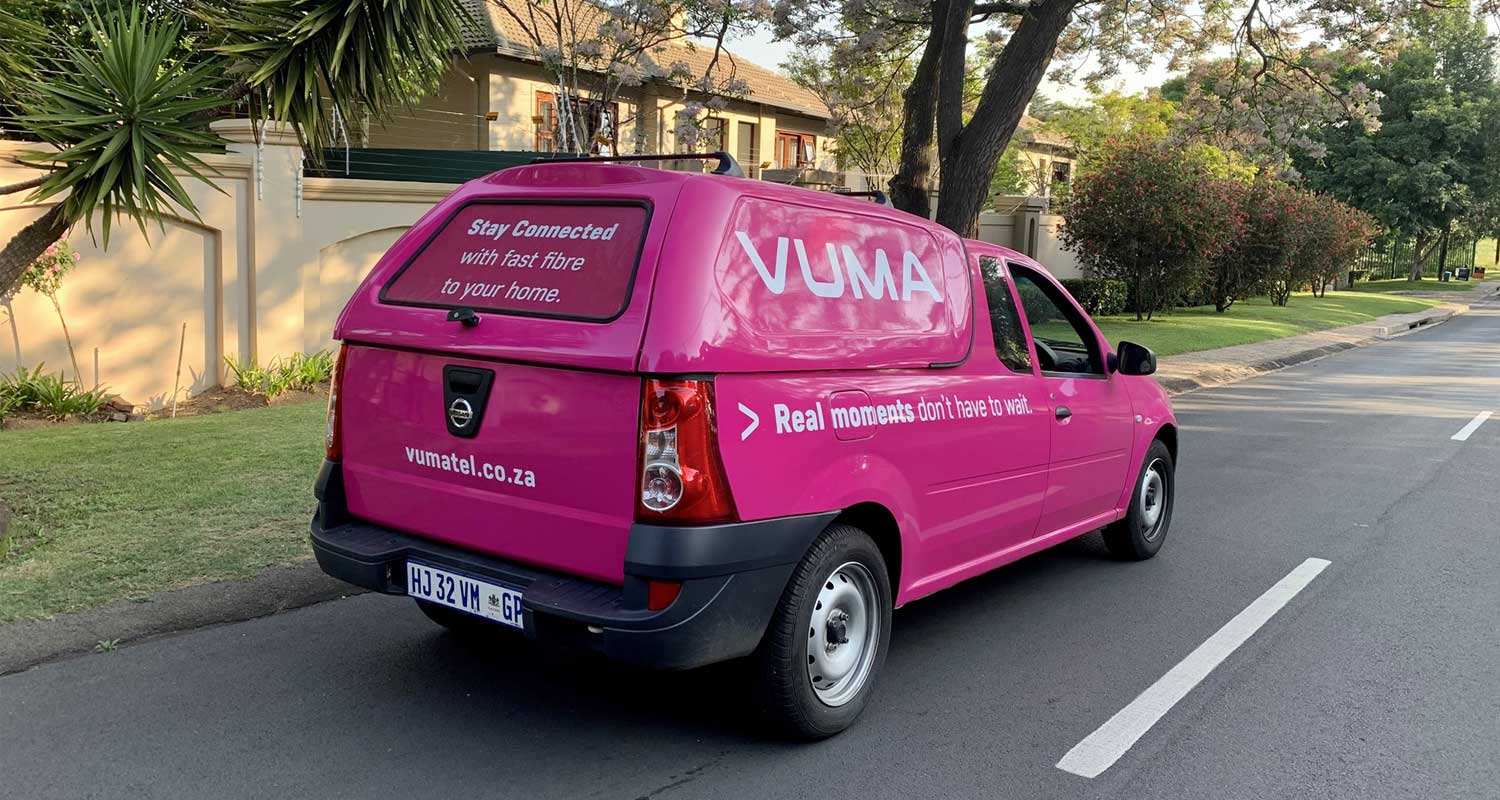STORY: :: Bridgeton, Missouri
This landfill in Missouri holds radioactive waste and soil from a once top-secret initiative: the Manhattan Project, which built the atomic bombs the U.S. dropped on Japan in 1945.
:: File
ARCHIVAL NEWSREADER: "Beneath that sinister pile of smoke, the world's most destructive force has been unleashed..."
:: Fleming Island, Florida
Dozens of people interviewed by Reuters who grew up near the 43,000 tons of waste say they did not know about West Lake's toxic history.
“...that could be in the water, in the ground that we played in.”
Deborah Mitchell was raised in Spanish Village, less than a mile from the landfill.
She lost both parents to cancer and she’s had it, too.
“...that's a lot for one family.”
The Environmental Protection Agency - or EPA - has flagged the dump as one of the most contaminated sites in the country.
Garbage smoldering underground in 2012 stoked fears of a nuclear catastrophe.
Some residents of the St. Louis suburb say the dump’s owner – Republic Services – should get rid of the waste.
But the company beat back their claims.
:: Deborah Mitchell, Former resident
"...it's 2024 and nothing has been done about the landfill. Nothing.”
:: ATSDR
In the battle over the West Lake landfill, Republic has relied on an unlikely ally that U.S. corporations have leaned on for decades: a federal public-health agency - set up to protect people from environmental hazards.
It’s called the Agency for Toxic Substances and Disease Registry - or ATSDR.
In the most comprehensive analysis ever carried out of the agency, a Reuters investigation has found it regularly downplays and disregards residents' health concerns.
ATSDR officials did not respond to questions about its overall performance.
In an emailed statement to Reuters, it said:
At the West Lake Landfill Site, ATSDR “did not have evidence” that the landfill had exposed residents to any harmful radiation from groundwater, soil or air.
Republic says it would be safer to cap the radioactive waste and leave it in place.
In an an emailed response to Reuters questions, Republic said it agrees with the ATSDR’s finding that the landfill poses no risk to the community.
Its own experts reached a similar conclusion in 2015, it said.
Republic adds that it has quote, “fully complied” with every EPA directive.
:: File
Despite a limited budget and staff, Patrick Breysse, a former leader of the ATSDR, said the agency has had successes, such as helping to identify the lead crisis in Flint, Michigan in 2016.
As well as linking cancers and other illnesses to fuel-contaminated water at the Camp Lejeune military base in North Carolina, beginning in 2014.
:: New York
Michael Pell is a reporter with Reuters.
:: Michael Pell, Reuters reporter
“A lot of people I spoke with– experts, former workers, say that the ATSDR really does do invaluable work and could do even better work.”
“They're taking on this overwhelming job with without the proper resources.”
:: October 26, 2015
In a 2015 report about the West Lake landfill, the ATSDR said the dump did not pose a health risk and that radioactive gas would not leave the site.
That report stoked strong emotions that year.
“People are dying!”
Its author traveled to Missouri to meet with community members.
“You try to eat healthy, be good citizens, and we don’t know who to trust, we don’t know who to believe, we don’t know anything! This is scary.”
Findings from two sets of scientists – some hired by Missouri’s Attorney General and others working with residents – contradicted the agency’s.
Yet Republic has pointed to the ATSDR report to argue for a less expensive cleanup, despite mounting evidence from those separate studies… as well as more recent EPA sampling near the landfill… that the ATSDR assessment was wrong.
MELISSA MITCHELL: “This is my house. That's the Ingrams, they both passed. One had lung cancer...”
Melissa Mitchell surveys her neighbors' homes.
Five houses on the block; ten people with cancer.
She says it's like living in a graveyard.
“And the people across the street, his mother was diagnosed with breast cancer.”
Mitchell's family -- no relation to Deborah's -- moved to Spanish Village in 1994.
She wonders if her thyroid condition, as well as other issues in the family, are connected to radiation exposure.
And feels helpless about it.
:: Melissa Mitchell, Resident
“My oldest son had a giant cell tumor of the femur the size of a tennis ball that broke his leg. My younger son had to have his gallbladder taken out at 35, and my dog died of stomach cancer at eight years old. I am losing sleep over this. I am at a point in my life I can't sell my house. I don't have the means to just walk away. I'm stuck.”
Reuters tracked down current or former residents of half of the 92 homes in Spanish Village.
Since the 1980s, at least 33 of those people have been diagnosed with cancers covered by a federal law that compensated people exposed to nuclear waste from early atomic weapons programs.
Sarah Chavez is the co-chair of the Missouri Cancer Consortium, a group that studies and tracks cancer disparities.
:: Sarah Chavez, Co-chair, Missouri Cancer Consortium
:: St. Louis, Missouri
“To me, there's definitely something here that at the very least, we need to do more investigation to figure out what is going on with these families and at least, you know, reassure them that whatever, if there is something in the environment, it's being actively mitigated.”
PELL: “Over the past year, six Reuters reporters interviewed dozens of environmental health experts, including current and former ATSDR employees, and analyzed hundreds of health reports and court records.”
Pell says the team examined more than 400 ATSDR reports published between 2012 and 2023.
That adds up to over 1,500 health-related findings.
In 68% of them, the agency said communities were safe from hazards, or made no determination.
Reuters found at least nine companies and three industry backed groups that used the ATSDR’s inconclusive reports as opportunities to dismiss community health concerns.
They used ATSDR research to fend off lawsuits, denied victims compensation, criticized their opponents, and argued to delay, reduce or cancel cleanup of their toxic messes, Reuters reporting showed.
PELL: “It's difficult to say exactly how much has been saved on cleanups and medical compensation..."
"But we can say that conservatively, they've saved tens of millions of dollars.”
:: ATSDR
Breysse, the former leader, pointed out that the agency lacks resources and bases decisions on whatever information is available.
PELL: “They have a small budget, a shrinking staff, and as a result, they are often outgunned when they go out to conduct their work."
"They often use whatever data they have at hand, rather than the data that they would truly need to be able to assess health harms at the site.”
At the West Lake landfill, the EPA says it is now considering a plan that would require Republic and the other responsible parties to remove 94,200 cubic yards of radioactive-contaminated waste.
That’s enough to fill 82 Boeing 747s.
The agency says it's confident the radioactive material does not pose harm -- at least not for now.
The hope, the EPA says, is cleanup might begin in the next decade.




















